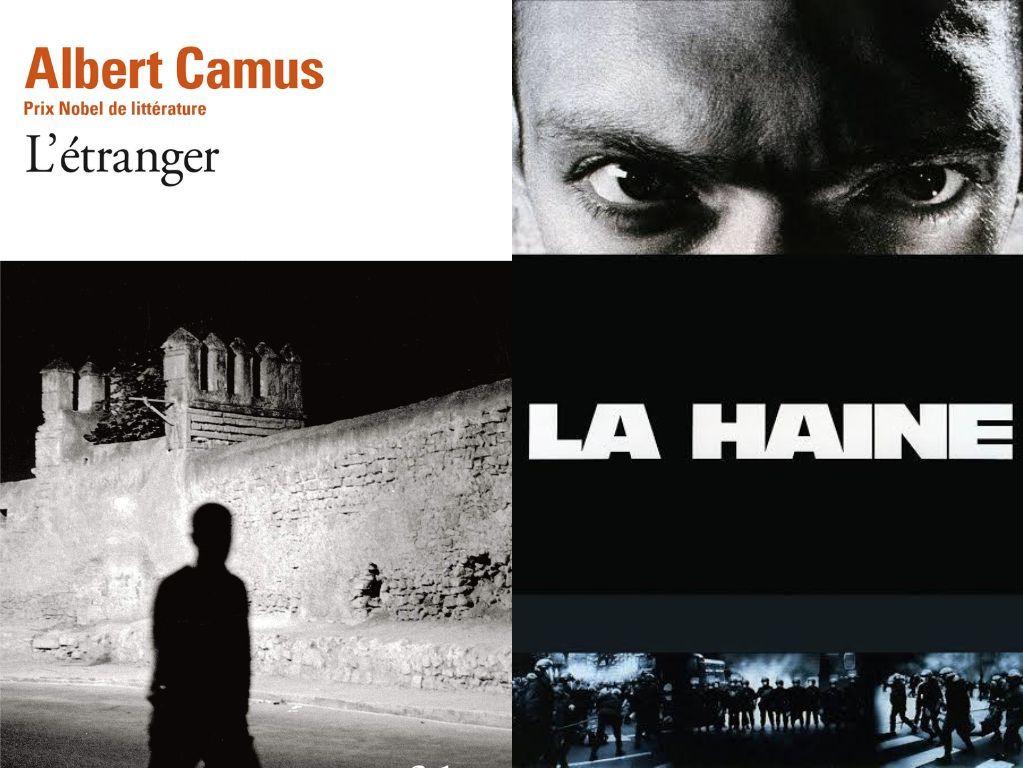Jenie's Shop
2nd year Medical Student at St George's University of London || A*A*A French Biology Chemistry A levels || 10x Grade 9's at GCSE || Beginner - A Level French/Bio/Chem tutor Happy to answer any questions about GCSEs, A Levels, med school applications etc for free - just leave a comment or message me on linkedin! Any profit made from these resources will go towards funding my medical degree!!




















